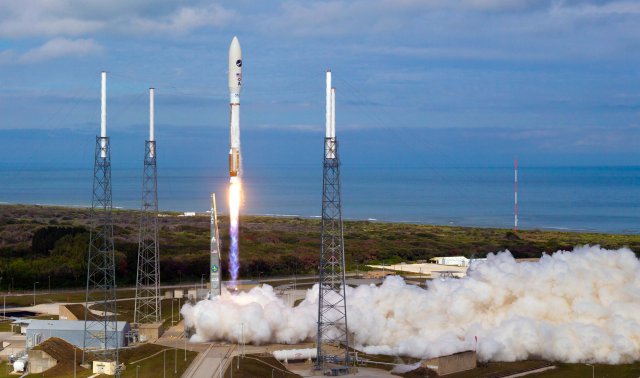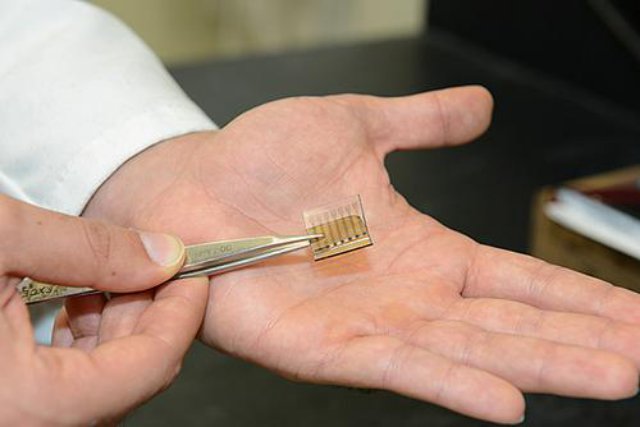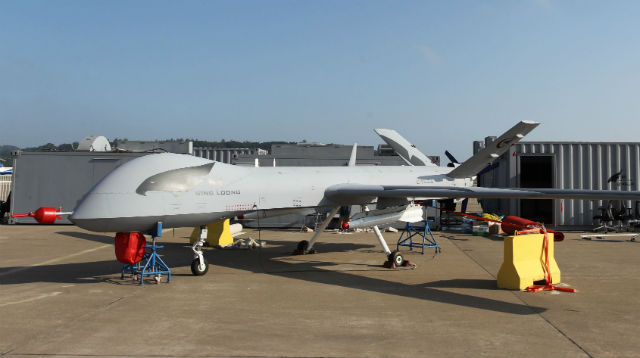 Alta Devices has provided a glimpse of the future of mobile power with the announcement of reference designs for the world’s lightest, and highest energy density, flexible military solar charging mats. Continue reading
Alta Devices has provided a glimpse of the future of mobile power with the announcement of reference designs for the world’s lightest, and highest energy density, flexible military solar charging mats. Continue reading
Category Archives: Aircraft Propulsion & Energy
Refuelling System for mUAS
[youtube MaD3Q6xyPbU nolink]
Development of the AuVeTech Flying-Dock, an innovative system that renders feasible a massively increased range for autonomous aircraft via air-to-air refuelling, thus greatly expanding the operational envelope and functionality of mUAS, is well under way. Continue reading
Boeing’s Reusable, Unmanned X-37B Orbital Test Vehicle Begins 2nd Flight
 Boeing successfully returned an unmanned U.S. Air Force X-37B Orbital Test Vehicle to orbit on Tuesday, continuing to demonstrate how the system provides responsive, reusable access to space. Continue reading
Boeing successfully returned an unmanned U.S. Air Force X-37B Orbital Test Vehicle to orbit on Tuesday, continuing to demonstrate how the system provides responsive, reusable access to space. Continue reading
Stanford Engineers Invent All-Carbon Solar Cell
 In a major first, researchers at Stanford University have built a prototype of an all-carbon solar cell, including carbon nanotubes. Continue reading
In a major first, researchers at Stanford University have built a prototype of an all-carbon solar cell, including carbon nanotubes. Continue reading
Cosworth Completes UAS Hybrid Propulsion Study for UK Ministry of Defence
Cosworth announced that it has used its advanced propulsion system modelling and simulation techniques to evaluate the benefits of hybrid system technologies and assess the challenges of fitting such systems to unmanned aircraft. Continue reading
China’s Low Key UAS Presentations at Zhuhai Show
Wing Loong
China’s biennial air shows in Zhuhai offer a rare glimpse into Beijing’s efforts to develop capabilities such as unmanned aircraft, military jet engines and advanced weapons. Continue reading
Very High Efficiency, Rugged Solar Panels Could Power UAS
Joe Foster, VP of Business Development and a lifelong Silicon Valley resident, discuss how the company’s technology and business work. Continue reading
General Atomics to Convert 16 MULE Engines to Gray Eagle Engines
The US Army Contracting Command, ACC-Redstone, anticipates a Cost-Plus-Fixed-Fee (CPFF) modification to the current Gray Eagle Unmanned Aircraft System (UAS)Contract W58RGZ-12-C-0075 with General Atomics Aeronautical Systems, Inc. Continue reading

